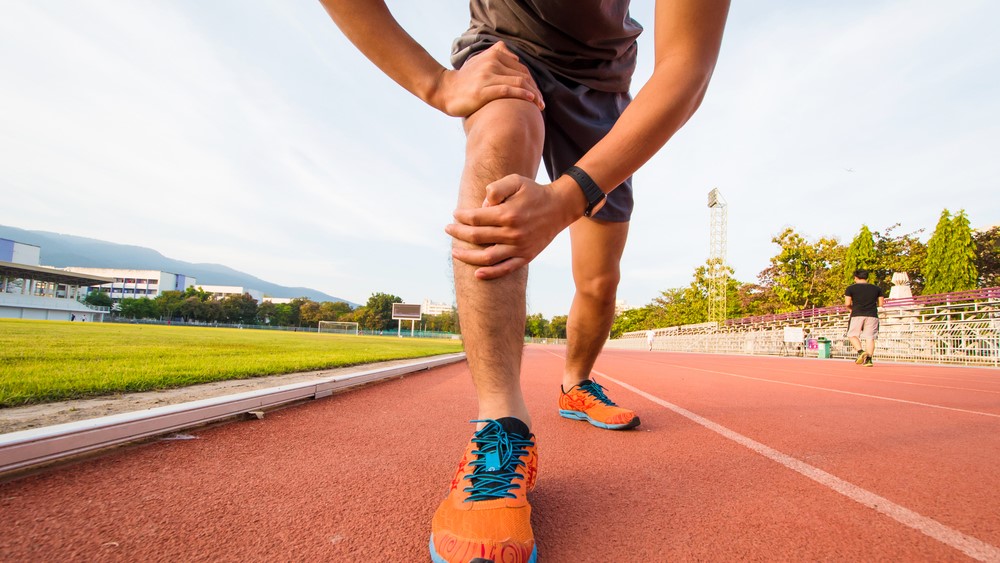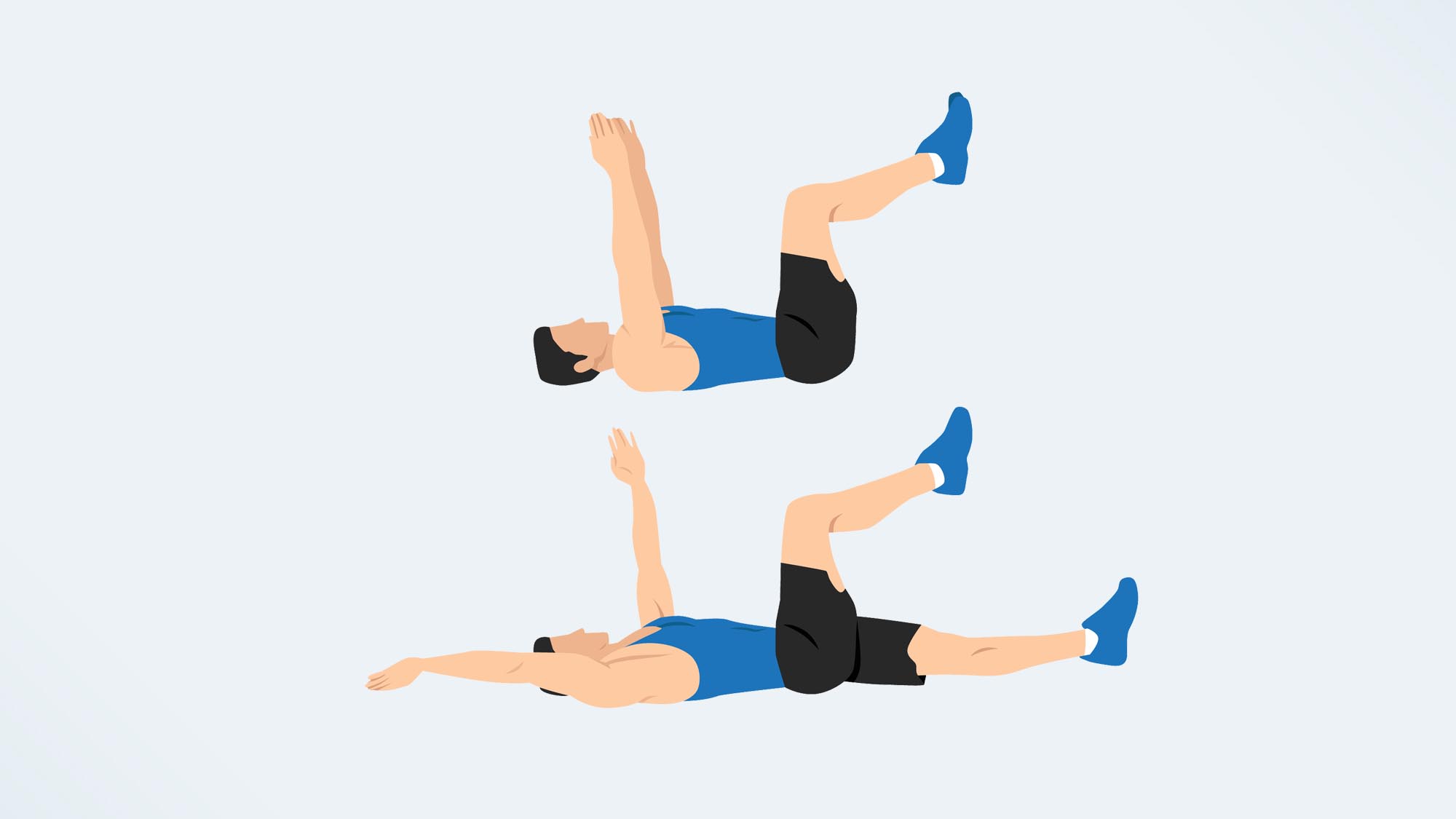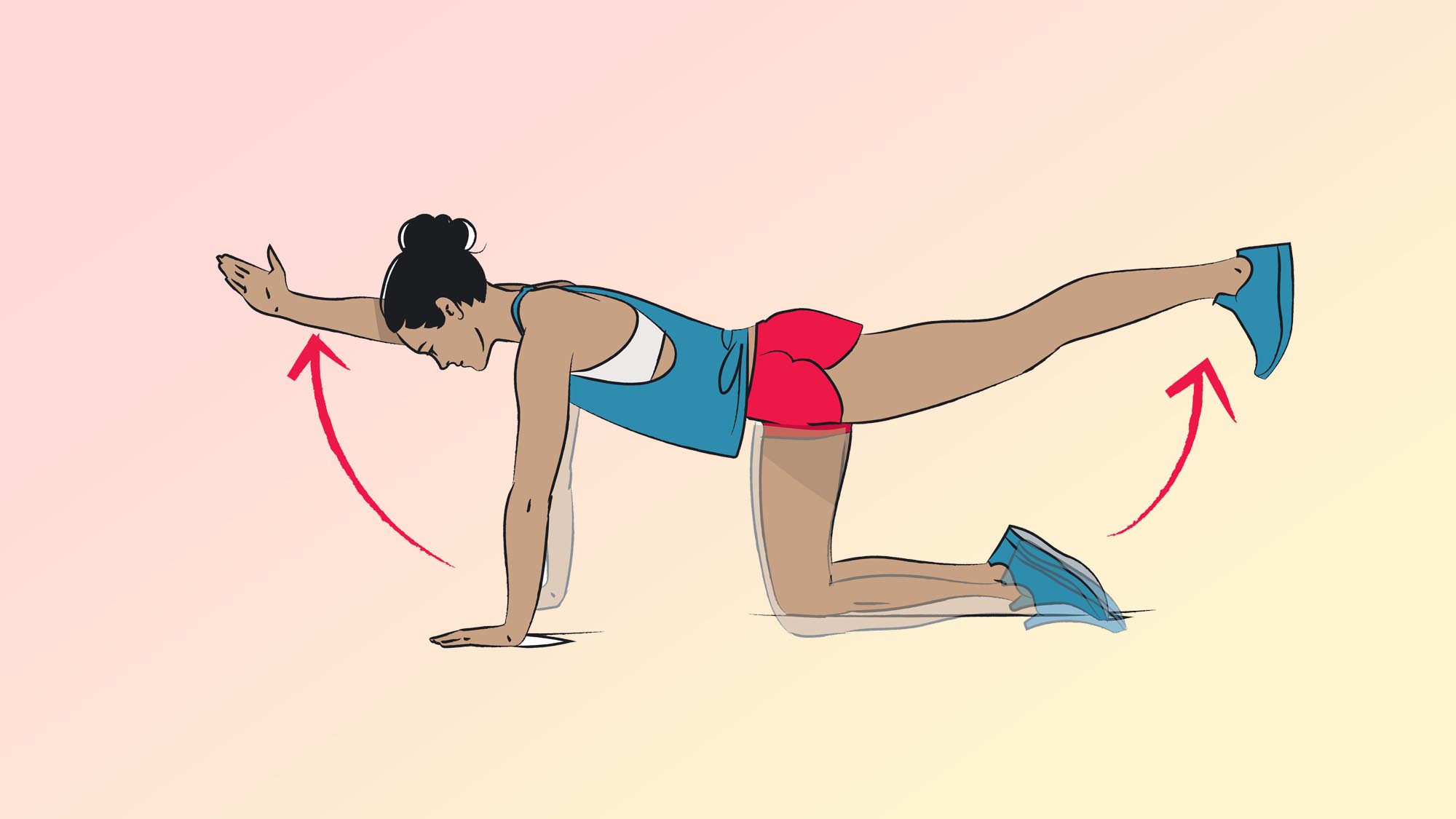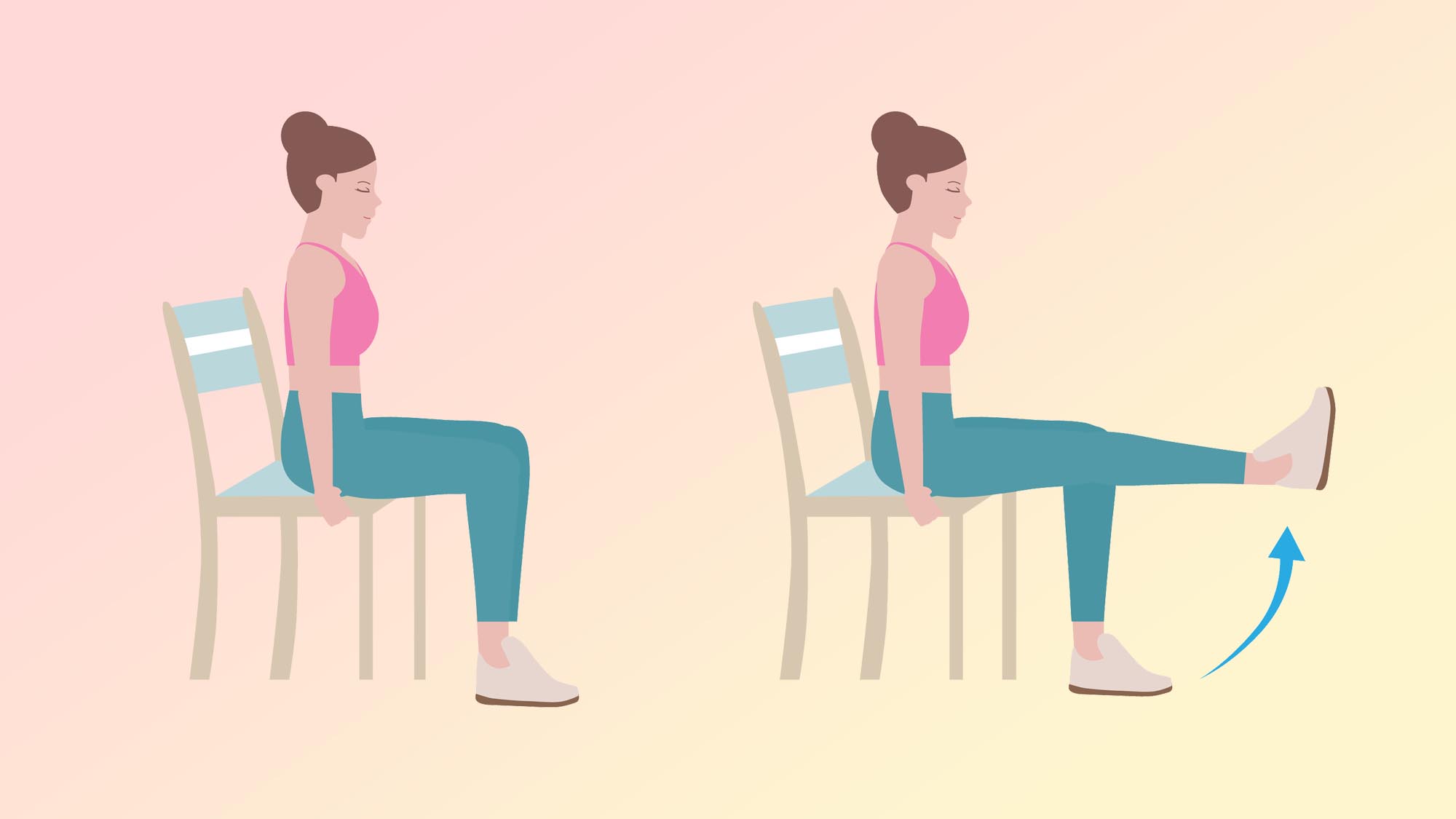I used these 5 exercises to get back to running after an injury
Core and leg workouts for every type of runner

Like most runners, I've taught myself to mentally push through pain. All it takes is the right soundtrack to ignore that side stitch or knee discomfort. However, last month my body reminded me why that's not a good thing. In addition to re-triggering my lower back pain, I also gave myself a bad case of runner's knee on what should've been an otherwise routine tempo run.
As a result, I had to put my running to the side for July and most of August, which are my favorite months for outdoor running. After a few weeks, my pain — while tolerable — wasn't subsiding and it would even surface while performing low-impact cardio workouts. So I signed up for physical therapy in the hopes of getting to the root of my aches.
The good news is that after a month of therapy, I was able to go on my first run this past weekend. I'm still not 100% recovered, but just being able to complete a run with no pain was a huge accomplishment. I've also picked up a lot of new exercises that my physical therapist recommended. Here are the exercises that not only got me back running but that I will make it a point to never neglect again.
1. Hamstring stretches
My therapist was appalled when I told her I don't stretch before or after a run. Who has time for that? But going forward, I will sprinkle pre-run stretches into my workout on days that I run and days when I don't run. To stretch my hamstrings I purchased The Original Stretch Out Strap via Amazon. The 6'4" nylon stretch strap has 10 individual loops that let you perform a wide array of exercises. To use it for your hamstrings, just lie on your back, insert your foot into one of the loops, and raise the strap with your hands till you feel a comfortable stretch along your hamstring. The strap has various other uses and it even comes with a free guide that shows you how to stretch everything from your calves to your triceps.
2. Step-ups

Oftentimes, some of the simplest exercises target the most muscles. That's why I was recommended to do three sets of 30 step-ups during each therapy session. The workout itself is easy: Just stand in front of a step, put one foot onto the step (while keeping the other on the ground), and slowly step up while engaging all of your leg muscles. You can use a workout bench to perform this exercise, although I personally like the steel plyo boxes as they're generally rock solid and don't skid. I bought this box on Amazon so I could continue doing this exercise at home.
3. Deadbugs

I have a love-hate relationship with ab exercises. When I remember to do them, I go all out, but most of the time I tend to skip them. However, my physical therapist told me I have a weak core, which over time could make my lower back pain resurface. One of the exercises my therapist had me perform three times per week is the dead bug. It's not the prettiest name — nor is it the prettiest exercise — but it essentially requires that you lie on your back, bend your legs at 90-degree angles, and alternate swinging your arms up over your chest while extending the opposite leg (here's more on how to do a dead bug with the correct form, plus what happened when our fitness editor did 100 dead bugs a day for a week). After a month of dead bugs, I've graduated to hanging leg raises — which are considered some of the best ab exercises. Caution: They'll burn your abs and your hands, since you must perform them while hanging from a pull-up bar.
4. Bird dogs

The bird dog is my new favorite exercise and it's not just because it has a cool name. After a few weeks of incorporating them into my workout, I could see and feel an improvement in my daily posture. To perform this exercise, you'll need to get on your hands and knees. Your shoulders should be over your wrists and your knees under your hips. Then you simultaneously raise your right arm and left leg, extending them away from your body. Hold for a few seconds while maintaining a solid core and then slowly bring them both back into your starting position. Now you repeat the action with the alternating arm and leg. You don't need any tools other than a yoga mat to perform this exercise. However, I also like using my $11 medicine ball to perform them. You simply lie face down on the medicine ball and perform the same movements while balancing yourself on the ball.
Sign up to get the BEST of Tom's Guide direct to your inbox.
Get instant access to breaking news, the hottest reviews, great deals and helpful tips.
5. Leg extensions

Anyone who works out is familiar with leg extensions. To help strengthen the muscles around my knees, my physical therapist had me doing single leg extensions using ankle weights. While I found the 10 lb. weights very light, after 10 slow reps, I could feel the burn throughout my legs. Two pointers that made the difference were:
1. perform the raise with your toes pointing toward the air
2. take at least 5 seconds to raise your leg and another 5 seconds to lower it.
Too often I rely on momentum to raise heavy weights and slowing things down has made all the difference in the world. I purchased the $29 Sportneer Adjustable Ankle Weights for this exercise.
Looking for more workout inspiration? Here are two full-body workouts you can do from just about anywhere. If you're a runner, why not check out the best running shoes on the market, as well as the best Nike running shoes for fans of the Swoosh, and the best running sunglasses to keep your eyes protected in the summer?
Next: I don’t want a new running watch, I want the streets to be safe for female runners, writes our Fitness Editor.
As deals editor-in-chief at Tom’s Guide, Louis is constantly looking for ways to avoid paying full price for the latest gadgets, appliances, and apparel. With over 10 years of deals-hunting experience, Louis price checks against multiple retailers and searches high and low for the best deals to bring readers. He's also always on the look out for the best coupon codes to use when shopping. A born-and-bred New Yorker, Louis is also an avid swimmer and marathoner. His work has appeared on Gizmodo, CNET, and Time Out New York.

